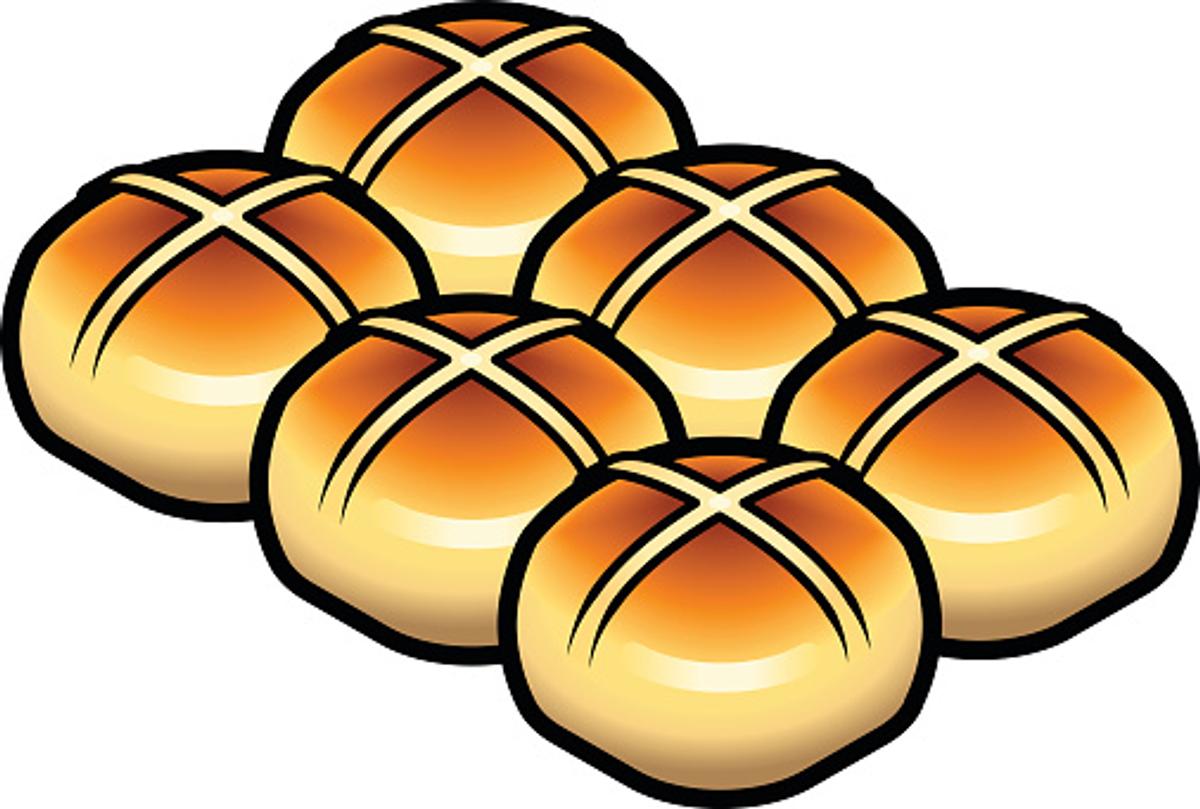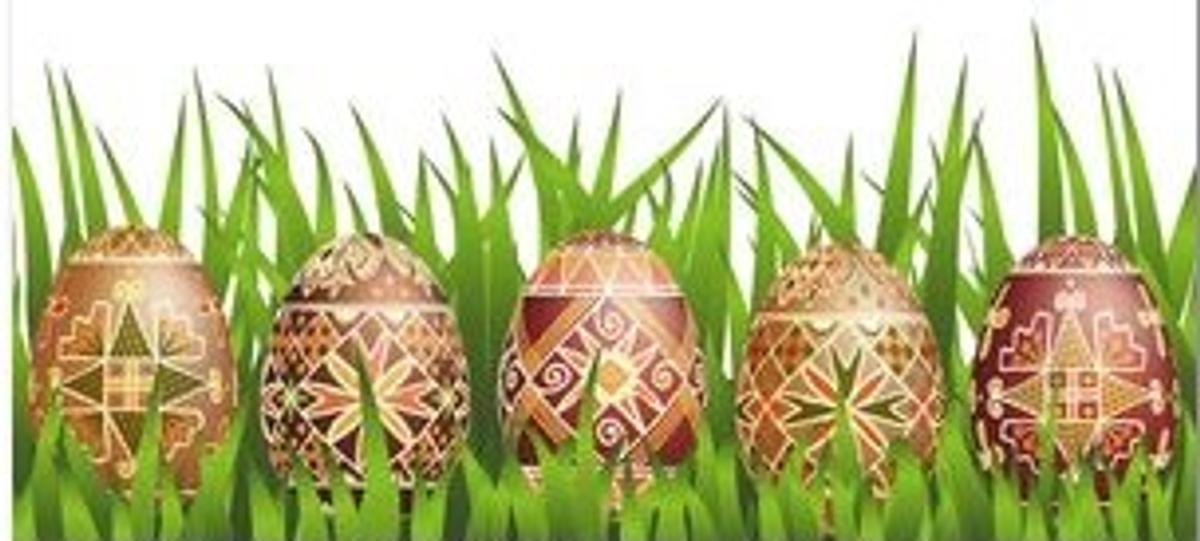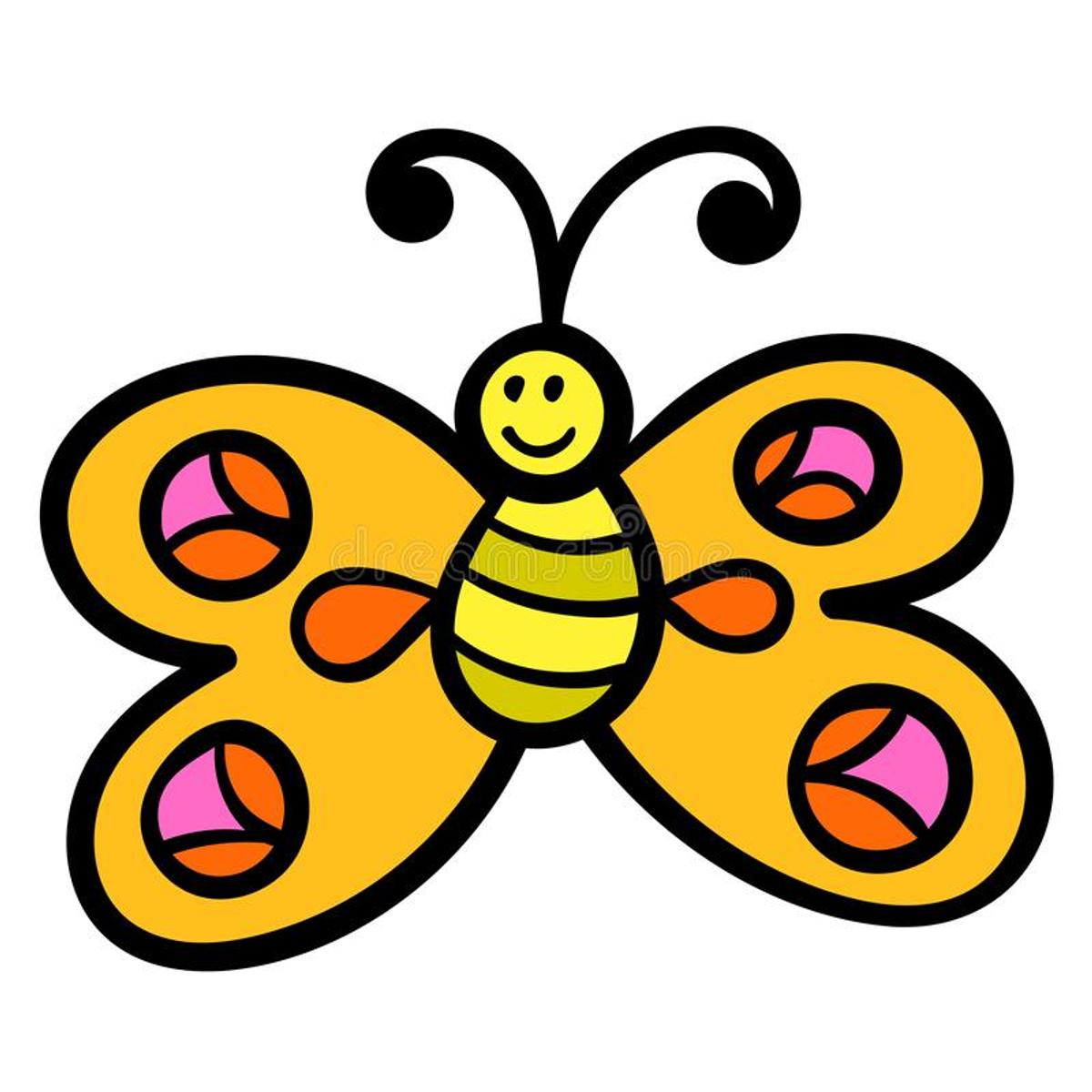Wellbeing

Easter is a time of celebration
Every year people from around the world gather together to celebrate Easter. For some, it is a deeply spiritual time. For many, it is an enjoyable time with family and friends, where hot cross buns and chocolate are a highlight. It is always delightful to watch excited children on an easter egg hunt or to see their big smiles as they receive chocolate treats. In Australia Easter often falls during the school holiday period and is a time when they may enjoy a few precious days away.
As Ukraine is in the news so much at present, I thought I’d share a little about the tradition of the Pysanky, renowned around the world. They are Ukrainian Easter Eggs and traditionally made just before Easter. Pysanky are iconic and herald spring - Ukraine is in the northern hemisphere. The decorative eggs date back many centuries.
Typically, Pysanky are decorated with bright colours and geometric patterns that sometimes feature Christian symbols of Easter or other traditional folk motifs and designs. Traditionally only women were allowed to decorate the eggs and men were not allowed to be in the same room or even the house while they were being decorated. Young girls developed patience and perseverance as they learned the art form. Every different region in Ukraine had it’s own special ritual, symbols, meanings and secret formulas for dyeing the eggs. These customs were passed down from mother to daughter throughout the generations.
When given as a gift, the intricately detailed eggs symbolize the giving of good fortune. The Ukrainian word Pysanky means "to write," or “to inscribe” - the eggs are very finely hand-drawn and painted. These intricately decorated eggs are created individually, so no two are alike. The process is quite painstaking. The artist uses a pencil to section the egg into a grid, and then draws on a detailed pattern or design. Each pencil line is traced over with a thin line of hot beeswax using a pinhead, or a special stylus, or a special funnel.
Similar to the style we know of as Batik, the dye is applied in layers. The sequence is always light to dark. The dye colours came from dried plants, roots, bark, berries and insects. For example, yellow from Genista (Woadwaxen) flowers, gold from onion skins, red from cochineal (insects), dark green from the husks of sunflower seeds, violet from berries and bark of the elderberry bush and black from walnut husks. After the final colour, usually red, brown or black, the wax is removed by heating the egg and gently wiping off the melted wax to reveal the finished egg.
The Pysanky style can be created on real eggs. However, wooden eggs are the most popular choice if eggs are to be displayed year after year. Since Ukrainian independence in 1991, there has been a rebirth of this traditional art form and a renewal of interest in the preservation of designs. Research is being undertaken into the symbolism and history of the Pysanky. The oldest Pysanka (singular form) was excavated in L’viv in 2013. It was found largely intact in a rainwater system dating back to 15th or 16th century. This Pysanka was written on a goose egg and it’s design was a wave pattern.
In whatever way that you choose to spend the Easter and school holiday period, it is my hope that, after a very full first term in 2022, you will all return to Bimbadeen Heights safe and refreshed for Term 2.
Keep on taking care of yourself and your loved ones.
Anne Lawry
Chaplain





